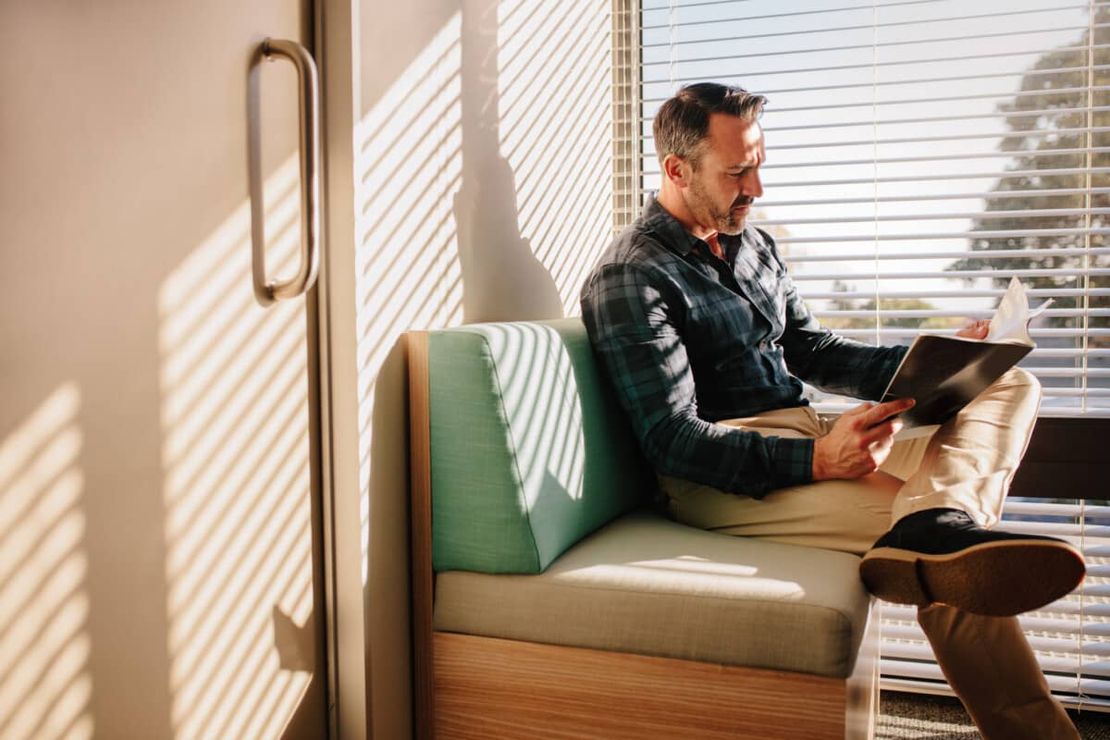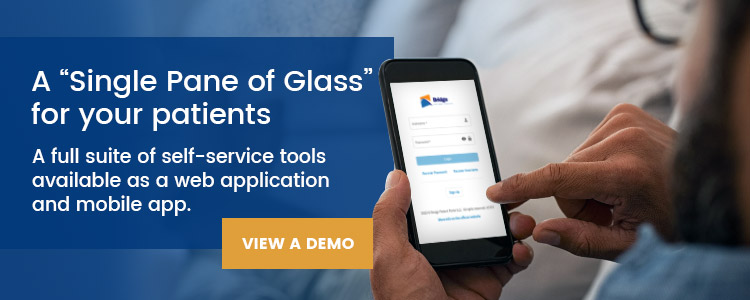Why Healthcare Organizations Need a Virtual Waiting Room
- The Bridge Team
- August 31, 2020

In 2020 the world has adopted a new set of social norms from COVID-19 that have drastically impacted the way we interact with others and our physical environments. As people everywhere take precautions against contracting the virus, by social distancing, we’re witnessing a major shift in consumer behavior. For instance, the retail industry has experienced a boom in online shopping and curbside pickup orders, which rose by 208 percent — and is expected to continue long after the pandemic. If consumers are worried about contracting COVID-19 in retail settings, you can imagine the fear triggered by visiting healthcare facilities is even stronger. Patients have been advised to avoid in-person doctor’s visits if possible and to opt for virtual or telemedicine tools when available. (Even patients with coronavirus symptoms have been asked not to seek medical care unless symptoms worsen or become severe.) While telemedicine access has significantly expanded during this time, many patients must still visit healthcare providers in person. This has forced healthcare organizations to restructure their protocols and offices for point-of-care.
The Dangers of the Traditional Waiting Room
The traditional waiting room poses a significant threat now more than ever as patients and staff come into physical contact with infected persons, and touch shared surfaces and/or devices that may be contaminated, these spaces can be a breeding grounds for the spread of COVID-19. It may have never been good practice to place sick and injured people in close proximity to one another in the same room. While it may have aided practice staff to perform intake and better track their patients, it’s no longer a viable solution, and healthcare organizations must seek a safer alternative. Virtual waiting rooms also referred to as curbside check-ins, mobile waiting rooms, and zero-contact waiting rooms, allow patients to check-in for an appointment on their mobile device and remain in their vehicle or nearby area until an exam room is available. Additionally, they offer healthcare organizations a sustainable strategy to replace the traditional waiting room experience.
How To Implement a Virtual Waiting Room
The patient care journey surrounding virtual waiting rooms can begin with an appointment reminder sent an hour or two before a scheduled visit. Further information about new protocols and safety measures should be included in these communications, so patients know what to expect and how to navigate their visit. More specifically, useful information that should be communicated includes:
- Conditions that must be met before the appointment
- Pre-registration and/or intake forms
- Time and location of an appointment
- Areas for waiting (this is usually the parking lot)
- What to bring (including mandating the use of facemasks)
- How to check-in (often through a hyperlink that notifies the medical practice of arrival)
Once the patient arrives and the link is clicked, staff members are alerted, and patient tracking commences. Patient tracking allows staff members to keep tabs on:
- Check-in times
- Treatment times
- Under/over utilized rooms
- Peak times by area
- Patient whereabouts/status
“Healthcare providers are moving away from the traditional waiting room,” said James Hermann, CEO of PatientTrak, the leading patient flow and engagement software provider to the healthcare industry. “Patients sign-in using their mobile phones and receive text messages from staff when they are ready for the patient to enter the facility.” Patients can perform online self-check-in, where they provide the practice with their personal information, medical insurance information, and chief complaint.
After this process has been completed, and the healthcare provider is available, an SMS is sent to the patient with instructions on which exam room to visit. Clear digital communications are vital during this process and negate intervention that might be required from practice staff.
Virtual waiting rooms and patient tracking are becoming the new norm as they help medical organizations provide their patients with a safe and seamless experience. Now is the time to adopt and advertise these digital solutions to deliver patients the experience they expect before their point-of-care.
Recommended: The Dawn Of The Virtual Waiting Room
